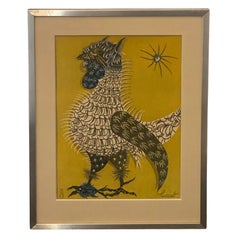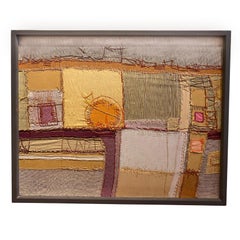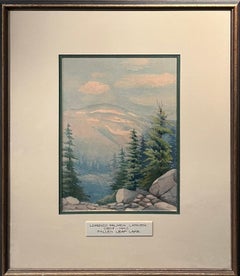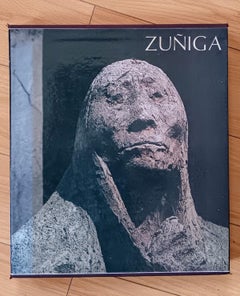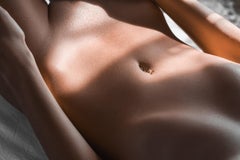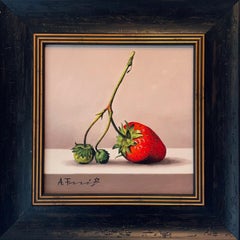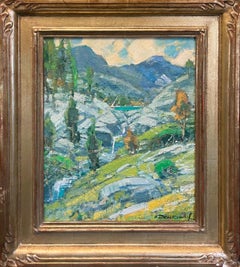Pasadena - More Art
1960s Modern Pasadena - More Art
Tapestry
Mid-20th Century Abstract Geometric Pasadena - More Art
Tapestry
1910s Impressionist Pasadena - More Art
Watercolor, Archival Paper
2010s Realist Pasadena - More Art
Oil, Panel
Late 20th Century Modern Pasadena - More Art
Photographic Paper
1980s Modern Pasadena - More Art
Photographic Paper
1970s Abstract Pasadena - More Art
Brass, Copper
Mid-20th Century Abstract Expressionist Pasadena - More Art
Mixed Media, Other Medium
21st Century and Contemporary Realist Pasadena - More Art
Photographic Paper
21st Century and Contemporary Realist Pasadena - More Art
Canvas, Oil
Early 1900s Impressionist Pasadena - More Art
Oil, Canvas
Artist Comments
Three juicy cherries line up on a table, with the light enhancing their luminous and vibrant color. The sharp and detailed rendition of the fruit imparts a re...
21st Century and Contemporary Realist Pasadena - More Art
Oil
1930s Impressionist Pasadena - More Art
Oil, Canvas
21st Century and Contemporary Realist Pasadena - More Art
Canvas, Oil
1970s Abstract Expressionist Pasadena - More Art
Tapestry, Wool
21st Century and Contemporary Realist Pasadena - More Art
Photographic Paper
Ksenia Kokovashina"Nude I&II" - limited edition finest quality - color photograph - set of two, 2020
2010s Abstract Geometric Pasadena - More Art
Fabric, Textile, Tapestry, Cotton, Silk
2010s Impressionist Pasadena - More Art
Canvas, Oil
Artist Comments
A ripe white peach with dried leaves rests on a wooden surface. Its pinkish-red and yellow skin contrasts with the dark background. Artist Art Tatin used Flem...
21st Century and Contemporary Realist Pasadena - More Art
Oil
21st Century and Contemporary Realist Pasadena - More Art
Oil, Panel
2010s Abstract Expressionist Pasadena - More Art
Canvas, Adhesive, Oil, Panel
1980s Modern Pasadena - More Art
Photographic Paper
1990s Pop Art Pasadena - More Art
C Print
1980s Modern Pasadena - More Art
Photographic Paper
1990s Pop Art Pasadena - More Art
Color
1980s Pop Art Pasadena - More Art
Magazine Paper
1980s Pop Art Pasadena - More Art
Magazine Paper
1990s Contemporary Pasadena - More Art
C Print
1980s Art Deco Pasadena - More Art
Paper
1980s Pop Art Pasadena - More Art
Magazine Paper
1980s Pop Art Pasadena - More Art
Paper
1980s Pop Art Pasadena - More Art
Paper
